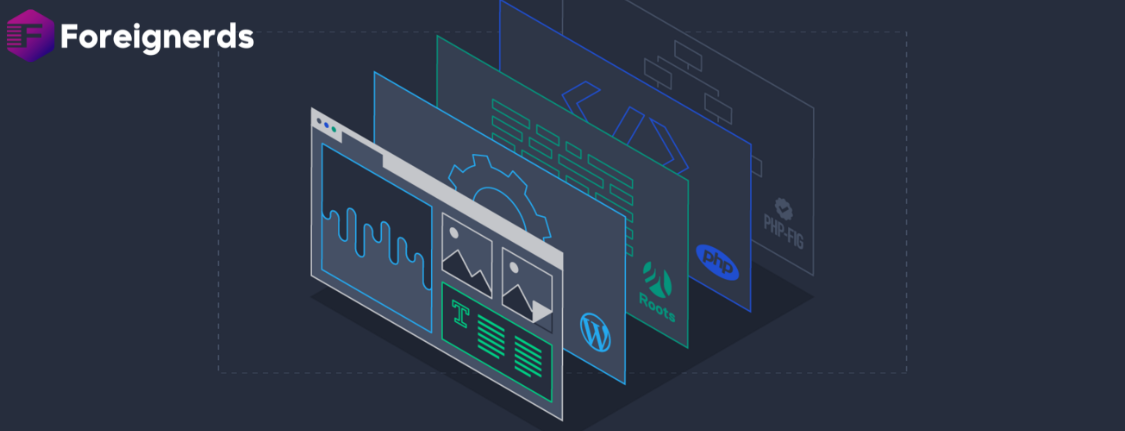WordPress in E-Commerce: Unveiling the Power and Potential
Introduction:
WordPress, the renowned blogging platform, has successfully carved a niche for itself in the realm of e-commerce. Surprisingly, its most popular e-commerce plugin, WooCommerce by Automattic, fuels over 25% of the globe’s online stores, as per BuiltWith statistics. But what exactly makes WordPress such a dominant force in the world of online retail?
Section 1: The WordPress Appeal
In this section, we’ll explore the fundamental reasons behind WordPress’s immense popularity in the e-commerce arena.
1.1 Open Source Advantage
- WordPress is open-source software, which means it’s free to use, except for domain and hosting expenses.
- The open-source nature encourages a vast community of developers and users, fostering continuous improvement.
1.2 Abundance of E-commerce Plugins
- WordPress boasts an array of e-commerce plugins, many of which are free or reasonably priced.
- These plugins offer extensive features, making it accessible and customizable for all types of e-commerce ventures.
Section 2: Essential Tips for a Flourishing WordPress E-commerce Store
Discover ten indispensable tips to ensure the success of your WordPress e-commerce store.
2.1 High-Quality Imagery
- Utilizing high-quality images is pivotal, especially for fashion or design-oriented stores.
- Detailed product images not only provide information but can also boost your visibility in Google Search shopping campaigns.
2.2 Harness the Power of Product Videos
- Product videos are a potent tool, especially for electronics and digital products.
- They establish trust and familiarity, allowing customers to witness the product in action.
2.3 SEO Optimization for Product Titles and Descriptions
- Elevate your product visibility by optimizing titles and descriptions for SEO.
- Ensure that titles are descriptive and enriched with relevant keywords.
2.4 Transparent Policies
- Customer trust is built upon transparent and concise policies.
- Avoid complex legal language to ensure customers don’t feel misled.
2.5 Simplify Registration
- Streamline the registration process to prevent cart abandonment.
- Request only essential information from users during registration.
Section 3: Streamlining the Purchase Journey
In this section, we’ll explore steps to enhance the customer’s purchasing experience.
3.1 Simplified Purchase Process
- A seamless purchase process is vital for customer satisfaction.
- Include only necessary steps and minimize intrusions like optional coupon applications.
3.2 Leverage the Power of Social Media
- Extend your reach and customer base through social media promotion.
- Collaborate with influencers, run ad campaigns, organize contests, and share informative content.
3.3 Incorporate a Blog
- A blog can be a valuable addition to your e-commerce store.
- It provides SEO-rich content, allows for news and tutorial sharing, and engages potential customers.
Section 4: Speed and Mobile Optimization
In this section, we’ll delve into optimizing loading times and ensuring mobile-friendliness.
4.1 Optimize Loading Times
- With mobile as the primary platform, site speed is crucial.
- Slow-loading websites risk losing customers, so invest in a fast website infrastructure.
4.2 Mobile-Friendly Design
- Adapt your e-commerce store to mobile devices.
- Prioritize quick loading, easy navigation, and impressive mobile features.
Section 5: Essential Plugins and Tools
Explore a curated list of essential plugins and tools for your WordPress e-commerce store.
5.1 HubSpot: Powering Customer Relations
- HubSpot, a CRM solution, integrates seamlessly with WordPress.
- It enhances marketing, sales, and services, offering features like contact management, forms, live chat, email automation, and analytics.
5.2 WooCommerce: The E-commerce Backbone
- WooCommerce is a highly customizable e-commerce platform built on WordPress.
- It provides flexibility, mobile applications, and a wide range of themes and support options.
5.3 MemberPress: Monetize Your Content
- MemberPress is a WordPress membership plugin for content monetization.
- Restrict access to premium content and manage memberships with ease.
5.4 Easy Digital Downloads: Ideal for Digital Products
- Sell digital products efficiently with Easy Digital Downloads.
- Customize for local audiences, integrate payment gateways, and expand with extensions.
5.5 ConvertKit: Email Marketing Excellence
- Seamlessly integrate ConvertKit with WordPress for email marketing.
- Categorize subscribers, send personalized emails, and enhance marketing efforts.
5.6 Veeqo: Inventory and Order Management
- Veeqo streamlines inventory and order management for WooCommerce.
- Prevent overselling, synchronize inventory, and improve shipping and return processes.
5.7 LearnDash: Empower E-learning
- Launch your e-learning platform with LearnDash.
- Create courses, quizzes, forums, and monetize through subscriptions and memberships.
5.8 Relevanssi: Enhanced Search Solution
- Enhance your WordPress search with Relevanssi.
- Enjoy improved results, fuzzy matching, and custom post type indexing.
5.9 404page: Custom Error Pages
- Design custom Error 404 pages with the 404page plugin.
- Improve user experience even when encountering errors.
5.10 Clever Ecommerce Ads: Optimize Google Ads
- Enhance your Google Ads strategy with Clever Ecommerce Ads.
- Automatically generate keywords and optimize advertising campaigns.
Conclusion
WordPress’s dominance in e-commerce is undeniable, thanks to its open-source nature, extensive plugin ecosystem, and versatility. By implementing the tips and tools mentioned above, you can harness the full potential of WordPress for your e-commerce venture, ensuring growth and success in the
digital marketplace.
